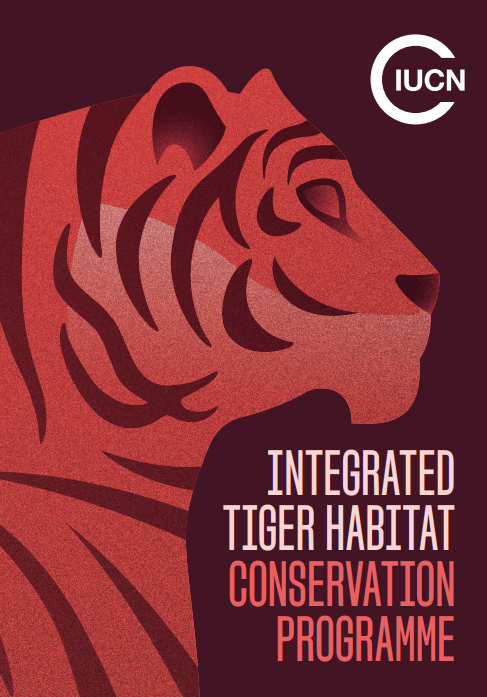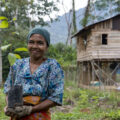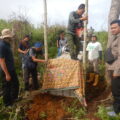Initiative
Integrated Tiger Habitat Conservation Programme
Funding


The initiative is funded by The German Cooperation via KfW Development Bank over four phases.


Initiated in 2014, the Integrated Tiger Habitat Conservation Programme (ITHCP) or ‘Tiger Programme‘ is a grant-making initiative which contributes to the Global Tiger Recovery Programme (GTRP). The programme consists of a portfolio of large-scale projects in key Tiger Conservation Landscapes across Bangladesh, Bhutan, India, Indonesia, Nepal and Myanmar.
Tiger populations have plummeted from around 100,000 individuals in 1910 to 3,200 individuals in 2010, occupying 7% of their original range. Poaching, habitat destruction and human-wildlife conflict are to blame. Effective policy and conservation programmes are imperative for tiger survival.
Divided into different phases, the first phase of the Tiger Programme started in 2014 with projects implemented between 2015 and 2021. Phase two and phase three projects are currently ongoing and will run until 2024. Most recently, KfW and IUCN signed a €12.5 million agreement for a fourth phase that will extend the Tiger Programme until 2027, contributing a total of €47.5 million for tiger conservation since the programme’s inception in 2014.
All ITHCP projects operate in the interface between species protection and monitoring, improved habitat and protected area management. These projects also work with local communities to help them improve livelihoods and provide sustainable alternatives to forest resources.

So far the first phase of the programme, which covered 4.5% of the global habitat that still exists for wild tigers, has created an average increase of tiger populations within project sites by 40% between 2015 and 2021, growing from approximately 770 individuals to 966.
As the first phase of the programme has now come to a close, the main aim of the second and third phases is to continue working in areas where funding is desperately needed and to create a sense of self-sufficiency, so projects are sustainable in the long-term beyond the lifespan of funding programs.
About our projects on the ground
The Tiger Programme is based on three pillars:
- Protecting tiger species and their prey from the threat of poaching;
- Preserving tiger habitats, including core habitats, buffer zones and corridors;
- Supporting human populations living in tiger landscapes.
More than 81’000 community members living in park buffer zones or corridor areas benefitted from the Tiger Programme, through reduced human-animal conflict and more sustainable income sources.
Any active Calls for Proposals are posted on the Calls for Proposals web-page.
For more information, contact the Tiger Programme team via email.








